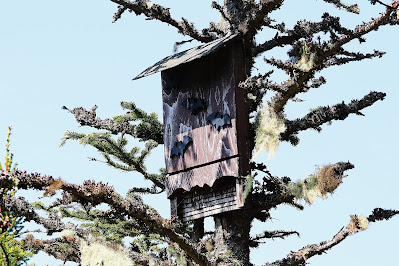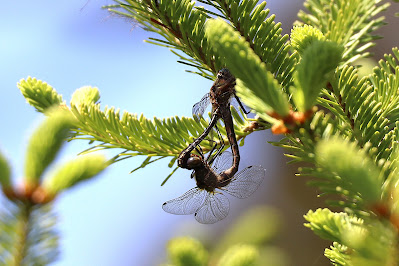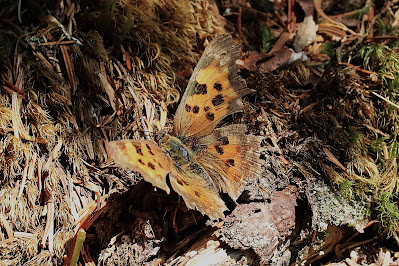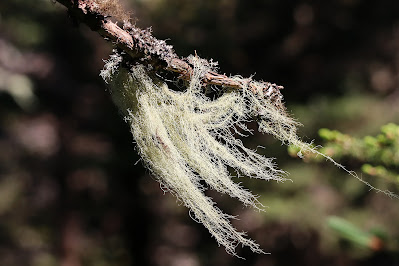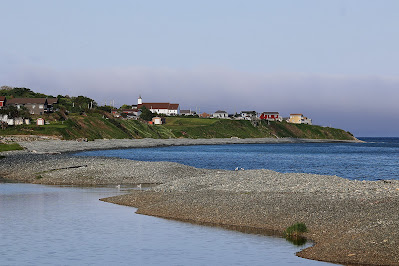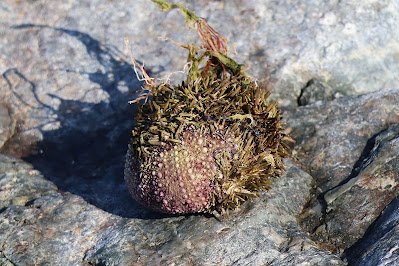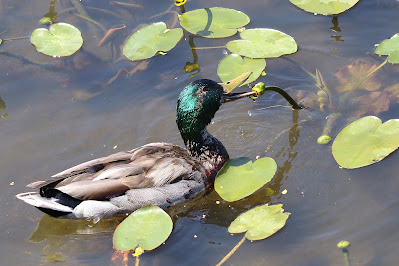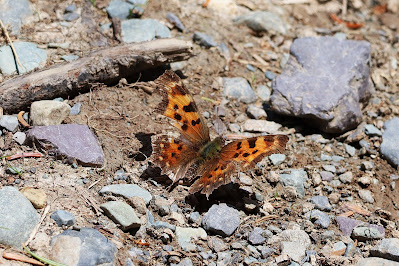Botanical Gardens, MUN. St. Johns:
The botanical gardens at Memorial University showcase both cultivated gardens and meandering nature trails within the boreal forest. We enjoyed a few hours walking the trails to look for birds and insects. Early in our walk, we found a Common Loon nest! The nest is made out of dead plant materials such as sedges and marsh grasses that grow along the lake's edge. Then one of the loons crawls on top of the mound and shapes the interior to the contours of its body.
https://www.allaboutbirds.org/guide/Common_Loon/lifehistory#nesting
Light conditions can cause an iridescent green ring of colour on the normally black neck of Common Loons.
Artistic Moose on the trail!
Dark-eyed Junco: In Southern Ontario, we only see this species during the winter months, but during nesting seasons they are found in Newfoundland and areas stretching across Northern Canada.
Attracting bats by providing shelter! Bats benefit humans in many ways including pollination, insect control and seed dispersal.
American Emerald dragonflies in mating wheel
American Emerald
Dragon's Mouth Orchid
Green Comma, upper wing
Green Comma, lower wing - amazing camouflage!!
Notice the white "comma" on the underwing.
A type of Beard Lichen, was commonly found hanging from the trees.
Pink Lady's Slippers
Bog Cranberry (I think)
Northern Azure
Red-belted Bumblebee
There was a large population of Rock Pigeons in St. John's that appeared to be well fed. As I sat on a bench, 30 pigeons flew in and rushed over to me. They were definitely conditioned to being fed, but they weren’t going to reap any rewards from me!





